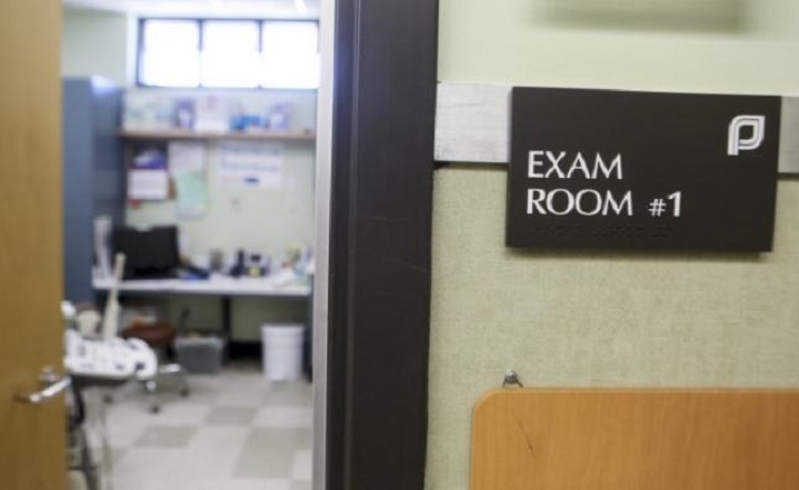
A report by the Centers for Disease Control and Prevention reveals that the abortion rate in the U.S. has decreased to its lowest level in decades, with 664,435 babies losing their lives to abortion annually.
The last time the CDC recorded a lower abortion rate was in 1971, which was before the landmark 'Roe v Wade' ruling that legalized abortion in the country.
In 2013, the rate was 12.5 abortions for every 1,000 women aged 15 to 44 years old, which is 5 percent lower than that of the previous year and half of the 1980 rate of 25 abortions per 1,000 women. The abortion ratio was 200 abortion procedures for every 1,000 live births.
In addition, abortion rates went down from 2004 to 2013 for all age groups except for adolescents younger than 15, according to the report.
The CDC also reported that the number, rate and ratio of abortions decreased from 2004 to 2013, dropping 20 percent, 21 percent and 17 percent, respectively.
"Among the 47 areas that reported data every year during 2004-2013, the decreases in the total number, rate, and ratio of reported abortions that occurred during 2009-2012 continued from 2012 to 2013, resulting in historic lows for all three measures of abortion," the report said.
Women in their 20s had the highest abortion rates in 2013, and they also make up the majority of those who went through the procedure in that time period.
Most of the abortions recorded were done within the first trimester of pregnancy, the report said. From the 43 "reporting areas" identified by the CDC, almost 68 percent of abortions were performed by curettage, or vacuum aspiration abortion, which uses a suction to remove the fetus.
Nonsurgical abortion performed at 8 weeks or less of gestation account for 22 percent of the recorded abortions.
The CDC report also said the proportion of unintended pregnancies went down from 51 percent in 2008 to 45 percent for 2011 to 2013.
Of the total pregnancies in the U.S., 18 percent end up in abortion. This is caused by various factors, such as access to health care, availability of abortion providers, legal restrictions, state regulations, economic conditions and the increasing number of people willing to accept nonmarital childbearing, the CDC said.
The agency emphasized the need to avoid unintended pregnancies.
"However, because unintended pregnancy precedes nearly all abortions, efforts to reduce the incidence of abortion need to focus on helping women, men, and couples avoid pregnancies that they do not desire," the CDC said.







